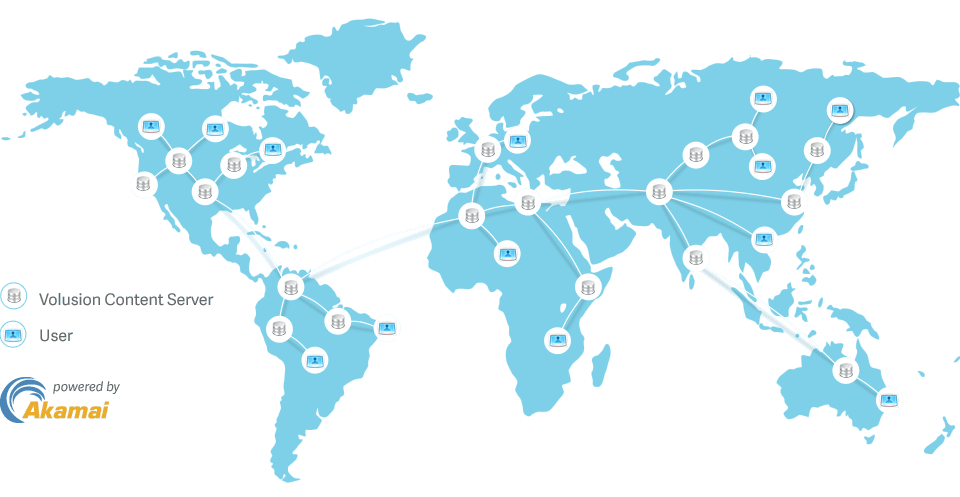
How many times have you opened a web page that loaded too slowly? Probably more than you would like, what a rage right! If you are like me, you will end up not waiting and you will close the page. Boom, in a few seconds that website lost a potential customer, a follower, a sale or a like.
Last updated: Feb 12, 2023
This will make useless all the efforts you spend on generating content and improving your web positioning. It’s like trying to fill a bottle with a strainer.
Also, visitors who stay will have the “pleasure” of dealing with a slow website that doesn’t respond to their needs in a timely manner. Obviously, this will generate bad user experiences, in other words, your visitors will remember the day you were born and your conversions will be as effective as a fishing boat in Segovia.
But if all of the above was not enough, I will give you another reason to worry about the speed of your website. Google likes them, better said, Google loves fast websites, gives them better rankings and gives them priority.
Slowness on your website can stem from many factors, and there are various techniques to improve speed. But today we want to focus on CDNs (content delivery networks) and tell you how they can help you without much effort and for free.
Long-distance without a CDN
Every visitor to a website has to download the content (eg images) and source code (eg HTML or CSS) of the website. To do this, they have to travel from where the website is hosted, your server, to the device that the user is using and the distance makes the wait long. For a moment, imagine that a sailor in Puerto Williams, located more than 12,000 km from Spain in a straight line, wants to read your latest post on macrobiotic cooking. No matter how good a connection you have, if your server is located in Spain, you will have to wait a long time for the information to travel almost ⅓ of the circumference of the earth, what a trip!
Therefore, someone smarter than you and me thought: What happens if I keep a copy of the web page and store it in Santiago Chile? Well, maybe he didn’t think exactly this but that was the idea. Santiago Chile is located 2,400 km from Cape Horn, 5 times closer than our original point. If you have a copy of your website there, the sailor will be able to consult the website much faster.
But how do these content distribution networks work?
Well, without going into many technical details, this is nothing more than a network of very powerful computers interconnected with each other that save periodic copies of the static content (eg images) of your website. Thus, the user will receive the content of the server that is closest to him. This solution is ideal when you are targeting a global market or your users are located in various geographical locations ( you have visitors from Latin America and Spain).
Content Delivery Network (CDN)
Another advantage is that having a content delivery network (CDN) distributed around the world will relieve the traffic load of your main server. This will give it a break and there will be less chance of it collapsing.
Last but not least, having a content delivery network (CDN) offers an extra layer of protection against cyber attacks.
There are some disadvantages that you have to take into account. For example, when updating content, you may need to refresh your CDN copy for these changes to take effect immediately, and this can be confusing.
How much is a CDN worth?
Although most CDNs are going to cost you good money, there are alternatives that fit low or non-existent budgets. For example, MaxCDN has the Entrepreneur plan that starts at about $9 a month.
Although, if you can’t spend a penny more on hosting, you can use CloudFlare, which offer you a free plan. It must be said that these free plans have some limitation (eg fewer optimization options) but do not look at the tooth of a gift horse.
How do I add a CDN to my website?
It is not too complicated, although the easiest thing is to use a hosting with direct integration with a CDN provider. For example A2 offers direct integration with CloudFlare, take a look at the video to see how it is activated: